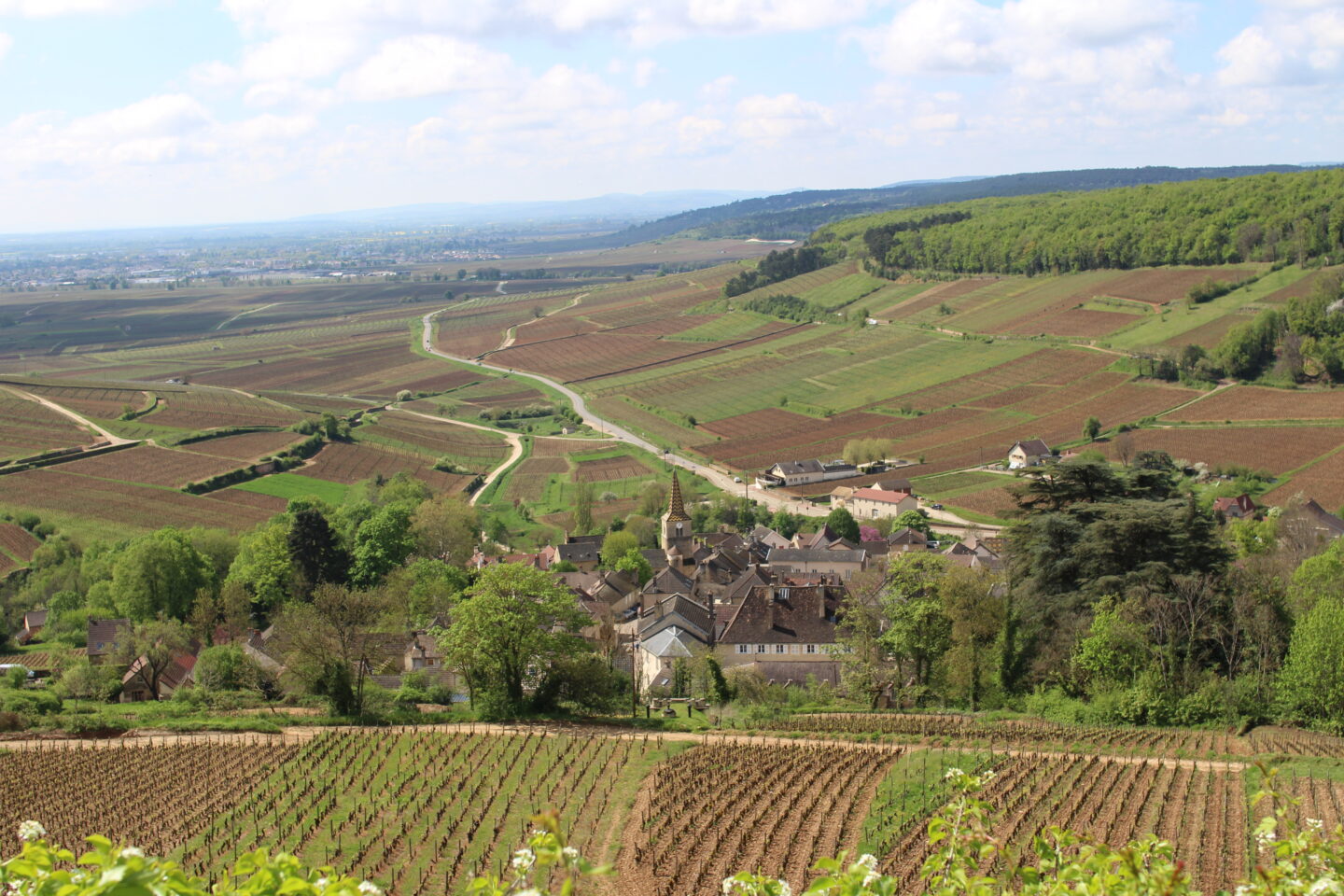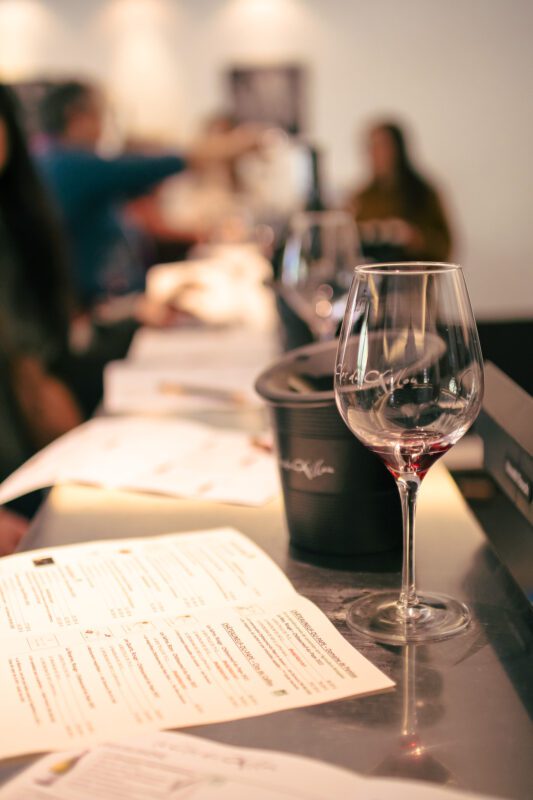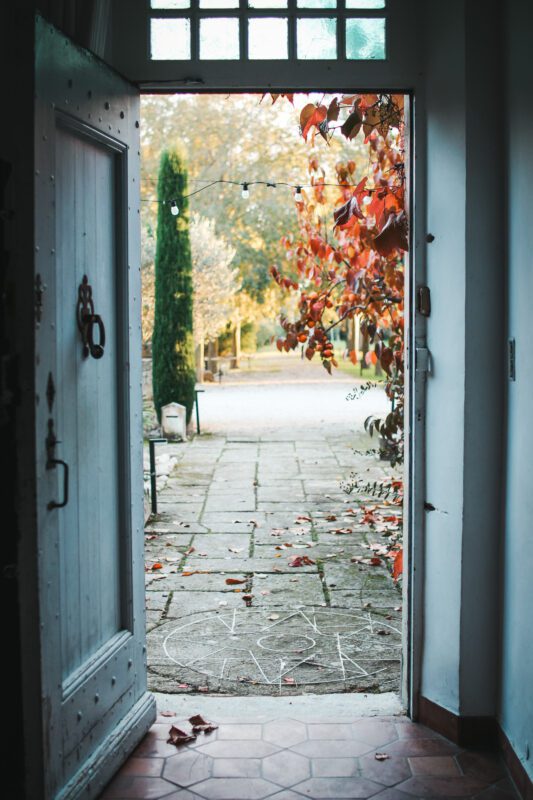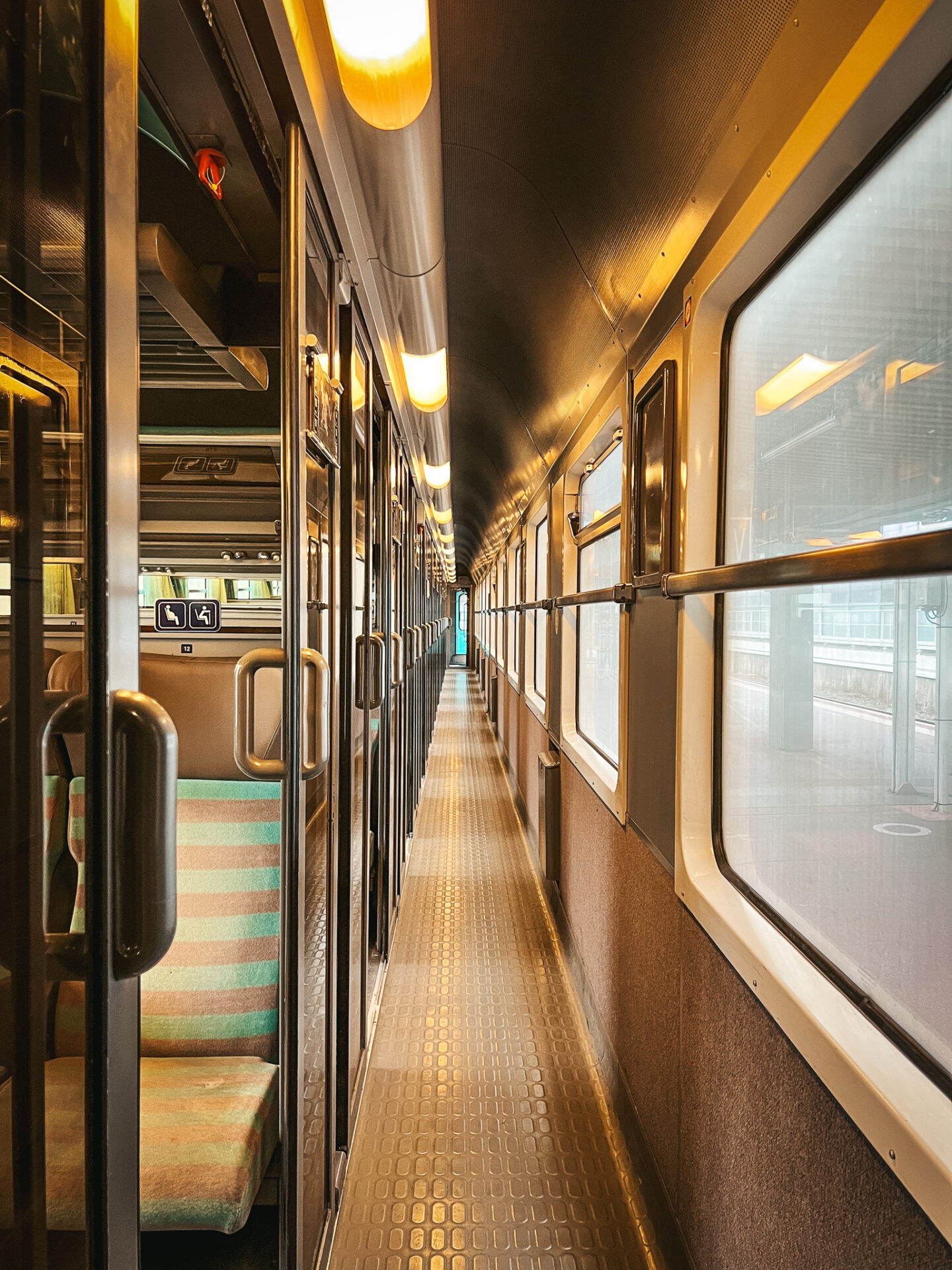
A French wine trip can life-changing experience. It was for me—and chances are, if you’ve found your way here, you’re dreaming of your own adventure. For many wine lovers, a trip to France feels almost like a pilgrimage: standing in the vineyards, chatting with passionate winemakers, tasting local specialties in villages that barely show up on maps. The connection between people and landscapes is made through wine.
But let’s be honest: France doesn’t always make it easy. Wineries aren’t always open, websites can be confusing (if they exist at all), and Google Maps won’t tell you which villages are worth lingering in. And if you don’t speak French, you’re often pigeonholed into English-only experiences—usually curated by big companies. Sure, those have their place. But if you want to be a wine traveler and not just a tourist, you’ve got to take the road less traveled. That’s where the real magic happens.
That’s also why I created this blog. I’ve done the hard work—navigating the quirks, decoding the wine maps, finding the family-run gems—so you don’t have to. Whether you’re dreaming of Champagne toasts in Épernay or a rustic Pinot in Burgundy, these 7 essential steps will help you plan a wine trip to France that’s delicious, enriching, and totally stress-free.
Step 1: Define Your Intentions and Choose the Right Regions
Start with your “why.” Are you celebrating a milestone, deepening your wine knowledge, or just soaking up the French art de vivre? France offers a vast range of wine experiences—so choosing where to go depends on what kind of traveler you are. Each region has its own rhythm, cultural identity, and learning curve. Here’s an honest look at some of the top regions for a French wine trip:
Burgundy – A mosaic of small appellations where wine is inseparable from history, geology, and centuries of monastic tradition. Pinot Noir and Chardonnay dominate, with wines that are deeply expressive of place. Burgundy is best for travelers genuinely passionate about wine and terroir. It’s not a “fun” region in a casual sense—it’s slow, serious, and contemplative. If you’re not already into wine, it may feel a bit intense.
Champagne – Beyond the famous maisons of Reims and Épernay, you’ll find a landscape shaped by chalk soils, independent growers, and an obsession with viticultural precision. Champagne also pairs easily with a trip to Paris—it’s close enough for a day trip, making it a good add-on if you’re short on time.
Northern Rhône – This narrow valley carved by the Rhône River is home to steep vineyards, ancient Roman sites, and powerful, age-worthy wines. Syrah is king here, with Condrieu’s Viognier offering stunning whites. Beyond wine, the proximity to Lyon (France’s gastronomic capital) and the jazz scene in Vienne add extra cultural richness to a visit.
Provence – Often simplified to rosé, Provence is much deeper: native grape varieties, strong Mediterranean influences, and a food culture tied to the seasons. It’s also a region where art and nature meet—you can explore artists’ hubs like Saint-Rémy-de-Provence and Arles between tastings. Provence invites slow travel and open-air living.
Bordeaux – Famous worldwide for its grand châteaux and classified growths, Bordeaux is anchored by a dynamic city that makes it relatively easy to navigate. The Left Bank and Right Bank offer distinct experiences, but if you’re after beauty and charm, my advice is to focus on the Right Bank, where towns like Saint-Émilion offer stunning architecture alongside the Merlot-dominant wines.
Loire Valley – Stretching along the Loire River, this region is wonderfully diverse in both wine and scenery. From the crisp Sauvignon Blancs of Sancerre to the sparkling Chenins of Vouvray, it’s ideal for travelers who enjoy variety. Plus, the region’s Renaissance châteaux and rich food culture add extra layers to any wine-focused trip.
Alsace – Nestled along the German border, Alsace feels like a fairytale with its half-timbered villages and rolling vineyards. Riesling, Gewurztraminer, and Pinot Gris are the stars here. The region’s bilingual heritage brings a fascinating blend of French and German influences in both language and cuisine.
Choosing your region (or regions) is about more than just the wines—it’s about the pace you want, the history you crave, and how deeply you want to connect with the culture behind the bottles.


Step 2: Pick the Best Time to Travel
Timing can make or break a wine trip to France. Vineyards follow a seasonal rhythm, and so do the people who work them.
- April to June and late September to October are ideal: vines are either awakening or preparing for harvest, temperatures are pleasant, and wineries are more available for visits.
- Harvest season (late August through September) can be fascinating but tricky—smaller producers are often too busy to host visitors. If you come during this time, expect larger estates or tasting rooms geared toward tourists to be your best bet.
- Winter months (January and February) are quiet, but many domaines close completely or operate on very limited hours. Good if you seek solitude, less good if you want to tour widely.
Tip: Always check for French public holidays (jours fériés). A random Tuesday closure can throw off your plans if you don’t know it’s a national day off.
Step 3: Book Early and Thoughtfully
One thing to know about French wine country: spontaneity has limits. Especially in regions like Burgundy, Champagne, or parts of Bordeaux, visits are often by appointment only. Walk-ins are rare outside of more commercial estates.
When booking:
- Mix it up: visit a grand château, then a small family-run domaine.
- Leave time for the unexpected: a long conversation with a vigneron, an impromptu tasting at a market, a leisurely lunch under the plane trees.
- Understand that in rural France, lunch is sacred. Wineries will close from 12:00–2:00 PM (sometimes later) for lunch—this is non-negotiable. Build it into your schedule rather than fight it.
If you want someone to arrange the hidden gems for you, that’s exactly the kind of travel I love to create.
Step 4: Pack Light and Smart
France’s wine regions weren’t built for oversized luggage. Think medieval village centers, narrow staircases, and tiny rental cars. Traveling light isn’t just a suggestion—it’s survival.
Here’s the hard truth:
If you’re taking trains or metros, you’ll be hauling your own bags—up staircases (often with no elevators), across cobblestone streets, through crowded platforms. French train stations are not designed for easy rolling. Rural accommodations might not have elevators either, even in charming boutique hotels.
What to pack:
- Layers: mornings can be crisp, afternoons warm, and evenings cool.
- Comfortable, non-precious shoes: cobblestones are beautiful but brutal.
- A lightweight, sturdy suitcase or backpack you can lift yourself.
- A reusable tote or foldable bag for market finds or wine purchases.
- A notebook or a wine app to keep tasting notes as you go.
Pro tip: Leave room in your luggage—or bring a foldable duffel—if you plan to bring wine back. Shipping is possible, but complicated (and expensive) for small quantities.
Bottom line: Pack for ease, not for Instagram.
Step 5: Work with a Local Guide or Get a Custom Itinerary
You can absolutely plan a French wine trip on your own—if you speak some French, know the local wine maps, and don’t mind navigating cultural nuances along the way. But if you want to truly connect with the places and people behind the wines, a local guide—or a carefully crafted itinerary—can make the difference between a good trip and a transformative one.
When I design a trip, I start by getting to know you:
- What kinds of wines you love (or are curious to discover)
- How deep you want to go into technical winemaking or vineyard geology
- Whether you’re energized by casual tastings or intimate, behind-the-scenes visits
- Your pace: relaxed, immersive days vs. more structured touring
From there, I match you with estates and domaines that fit—not just famous names, but hidden gems that reflect the many faces of a region.
A good wine trip shows you contrast: historic houses and young innovators, polished tasting rooms and muddy cellar floors, hilltop vineyards and sleepy villages you’d otherwise miss.
Language also matters more than many travelers realize.
Many small producers don’t speak English, and even when they do, conversations about terroir, winemaking philosophy, or family history often lose something in translation. Having someone who can bridge that gap means you get stories, not just statistics—and those moments stay with you long after the bottles are gone.
Whether you want a fully guided trip or a curated, self-guided itinerary, the goal is the same:
To open doors you wouldn’t even know were there.
(Custom Wine Tours / Itinerary Services)


Step 6: Plan Transportation Carefully
Transportation isn’t glamorous, but it’s a big part of how enjoyable your trip will be.
- Trains are excellent for moving between cities (Paris → Reims, Dijon, Avignon, Bordeaux).
- Rental cars are essential for rural exploration. Just know that automatics are limited—reserve early if you need one.
- Private drivers can be a wonderful splurge if you want to fully relax and not worry about drinking and driving (strict laws apply).
Important: Taxis and Ubers are virtually nonexistent in rural areas. Don’t assume you can “call a car” from a vineyard back to your hotel. Plan ahead or get stranded.
tep 7: Build in Space for Real Experiences
One of the biggest mistakes travelers make—especially in wine country—is trying to see too much, too fast. But real understanding, the kind that stays with you long after your trip, requires time and space.
Vineyards don’t reveal their secrets on a tight schedule. Conversations with winemakers unfold slowly, often over shared glasses, a look at old family photos, a walk through the vines.
Markets don’t operate on strict timelines. A two-hour lunch in a village square might end up being the most memorable part of your day—not a checklist item to cross off.
Build your days with enough room for detours.
- Plan two winery visits per day at most.
- Leave time to explore a village you didn’t expect to love.
- Accept invitations when they arise—an impromptu cellar tour, a spontaneous tasting of something still aging in barrel.
French wine country isn’t something you “conquer.”
It’s something you participate in, one unhurried moment at a time.
Final Thoughts from Emily
Planning a wine trip to France isn’t just about plotting points on a map—it’s about opening yourself to the layers of culture, history, and human connection that make each bottle possible. With the right preparation, a little insider knowledge, and enough flexibility to follow where the road (and the conversation) leads, you can experience France the way few travelers do: intimately, authentically, and memorably.
Whether you’re looking for a fully personalized itinerary or want a trusted guide to open doors that most visitors miss, I’m here to help you turn your dream trip into something even better—something personal.
Explore Custom Wine Tours
Request a Personalized Itinerary
Notice this blog is ad-free? Well, I hate spam and scrolling through ads. If you found this helpful, consider subscribing to my newsletter, following me on social, or engaging me in the services I offer.